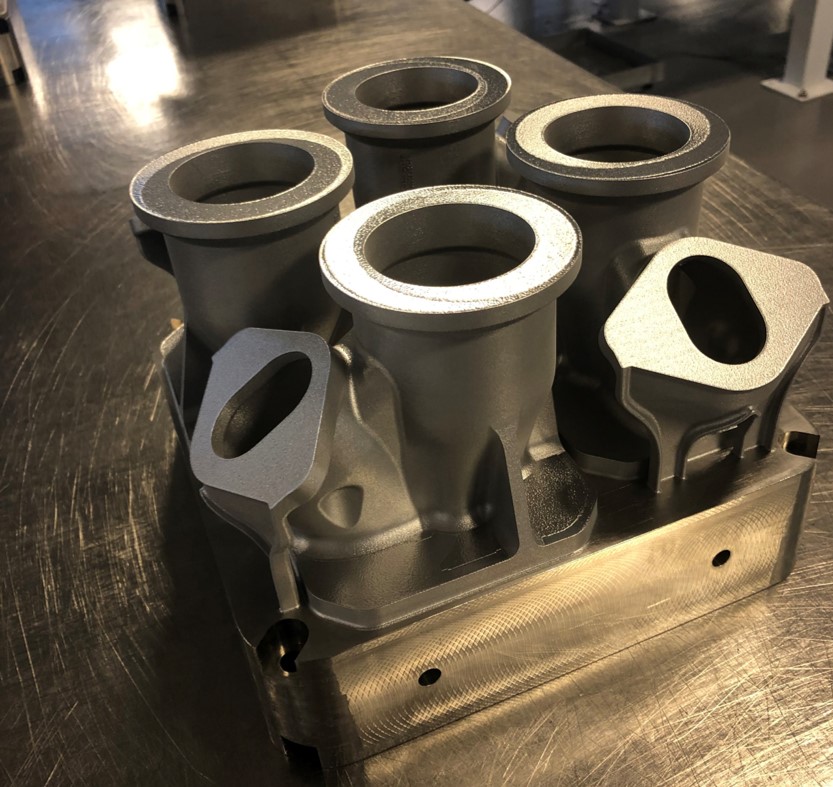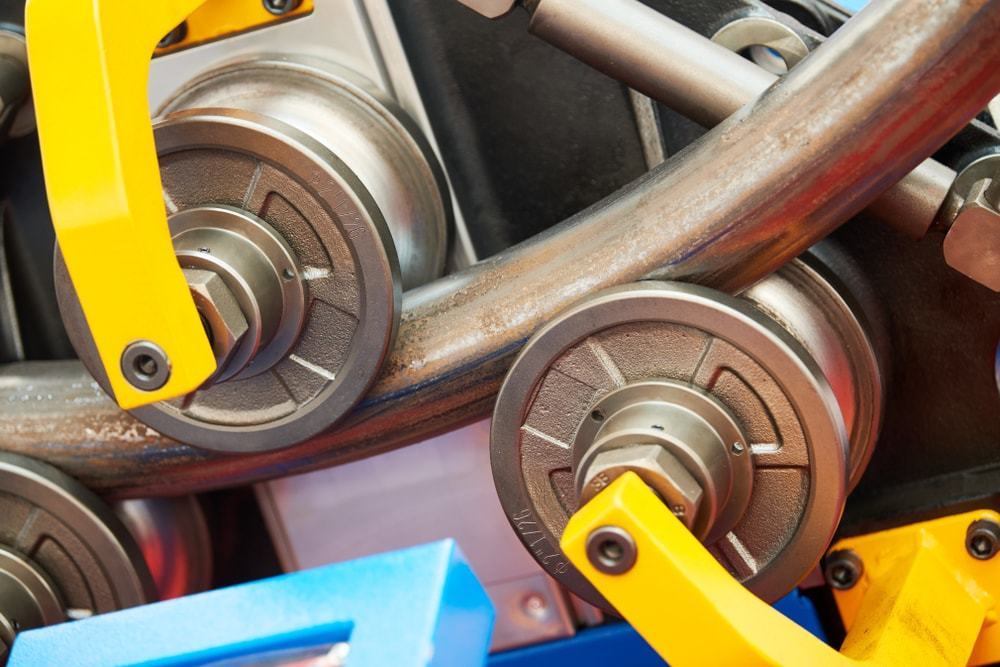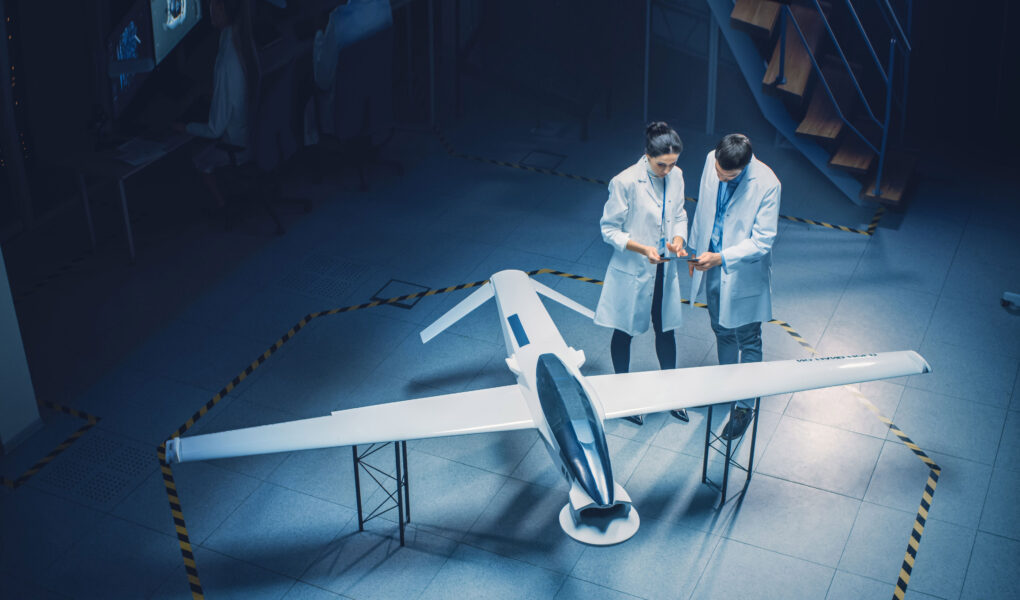Steel casting has been a fundamental part of the aerospace and defense industries for many years. It is used to create components that are critical for high-performance aircraft, missiles, and other military vehicles. Steel castings offer superior strength, reliability, and precision when compared with traditional machined parts.
However, creating steel castings can be difficult due to their intricate shapes and demanding tolerances. This article will explore the various applications of steel casting in aerospace and defense industries as well as discuss some of the challenges associated with this process. We will also look at how advanced technologies are helping manufacturers overcome these issues while improving overall efficiency.
Advantages and Benefits of Steel Casting for Aerospace and Defense Applications

Steel casting is a popular manufacturing technique used in the aerospace and defense industries due to its advantageous characteristics. In steel casting, molten metal is poured into a mold, which creates a replica of the desired part or component. This process offers numerous benefits compared to traditional machining techniques such as CNC cutting or milling because it provides greater accuracy and repeatability.
Additionally, steel castings are more structurally sound and cost-effective than other methods of production. The use of steel casting in aerospace and defense applications also has several distinct advantages over other materials like aluminum alloys or plastics including increased strength-to-weight ratio, improved wear resistance, better thermal stability at extreme temperatures, higher fatigue lifetimes, and improved corrosion resistance.
Steel castings are also able to withstand high-pressure environments far more effectively than their counterparts can. Furthermore, they provide excellent dimensional stability which allows for precise measurements during inspection processes that would be difficult with softer metals such as aluminum alloys or plastics. The inherent flexibility of steel castings additionally makes them easier to modify for specific needs than many other materials when trying to achieve optimal performance from components in these demanding industries
Challenges Faced by the Use of Steel Casting in Aerospace and Defense Industries

Steel casting is an integral part of the aerospace and defense industries, but its use poses several challenges. The most significant challenge is that it requires extremely precise manufacturing techniques due to the complexity of components made from steel alloys. Steel castings must be designed and manufactured with exacting standards to achieve desired performance characteristics such as strength, durability, heat resistance, and wear resistance; this can make production time-consuming and costly.
In addition, there are concerns about fatigue life expectancy for certain applications where steel castings are used in high-stress environments or highly corrosive conditions. Furthermore, machining processes required for complex shapes and geometries also add cost due to the extensive labor involved in producing quality parts.
Finally, metal wastage is another issue that arises when using steel casting in these industries since excess material must be removed before final assembly takes place. These issues create difficulties for manufacturers who wish to produce reliable products while minimizing costs associated with production time and materials usage.
Solutions to Overcome Challenges with Steel Casting for Aerospace and Defense Applications

Steel casting is an important process in the aerospace and defense industries, as it allows for complex parts to be produced with precision. However, the challenges that are associated with steel casting can often make it a difficult task. Fortunately, there are ways to overcome these issues and maximize the efficiency of this process.
One way to reduce complexity in steel casting is by using simulation software. This can help predict potential problems before they become costly mistakes during production. Additionally, 3D printing technology has emerged that helps create precise molds quickly without requiring additional tooling costs or time-consuming manual processes. Another solution involves automating certain steps of the steel casting process such as pattern making and core setting for improved accuracy and repeatability across multiple batches.
Automation not only reduces labor costs but also increases productivity and quality control throughout production cycles. Finally, advanced analytics can be used to monitor and optimize performance throughout the manufacturing life cycle from design through delivery of finished products.
This can help identify areas where improvements need to be made in order to reduce waste materials or energy consumption while also ensuring safety standards are being met on every job site. With these solutions in mind, organizations should have no problem overcoming any challenges associated with steel casting for aerospace and defense applications
Conclusion

Steel Casting plays an important role in the aerospace and defense industries, providing a wide range of components for aircraft, spacecraft, and land-based military operations. Steel Casting processes offer advantages such as cost savings, improved performance, higher strength-to-weight ratios, and potential for complex geometric shapes.
However, there are also challenges associated with steel casting that must be addressed such as reducing porosity or other defects that can compromise structural integrity or lead to rejection of parts by customers.
With proper design considerations taken into account before production begins and close monitoring during manufacturing processes, steel casting can provide excellent product quality at a relatively low cost when compared to alternative manufacturing methods.




